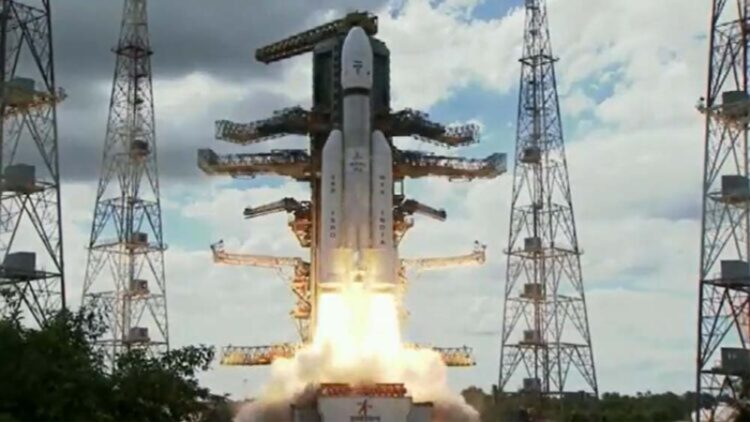On Tuesday, the Chandrayaan-3 spacecraft successfully reached its highest intended orbit around Earth. It is scheduled to remain in this orbit for the next six days before commencing its mission towards the Moon. The Indian Space Research Organisation (ISRO) confirmed that the fifth and final orbit-raising maneuver took place on Tuesday afternoon. As a result, the spacecraft is now in an elliptical orbit with its farthest point at a distance of 1,27,609 km from Earth’s surface and its nearest point at 236 km. Prior to this, the spacecraft had been in a 71,351 x 233 km elliptical orbit around Earth.
“The orbit-raising manoeuvre (Earth-bound perigee firing) is performed successfully from ISTRAC/ISRO (ISRO Telemetry, Tracking and Command Network), Bengaluru… The next firing, the TransLunar Injection (TLI) is planned for August 1, 2023 between 12 midnight and 1 am IST,” tweeted ISRO.
Launched on July 14, Chandrayaan-3 is scheduled to perform a soft landing on the Moon’s surface in the coming month. Currently, it is orbiting the Earth in elliptical paths, gradually elevating the heights of these orbits. On August 1, the spacecraft will disengage from Earth’s orbit and begin its direct trajectory towards the Moon. As it approaches the Moon, it will steadily transition into lower lunar orbits. The final descent to the Moon’s surface will be from a circular orbit of approximately 100 km above the lunar surface, expected to occur around August 23 or 24.
Chandrayaan-3 is taking an indirect route in its journey to save on resources and make the travel more economical. Rather than taking a direct four-day trip to the Moon, which would demand significantly heavier rockets and a vast amount of fuel, the spacecraft was strategically positioned in a near Earth orbit. It has been using the force of gravity from there to build up momentum and subsequently employing thrusters to accelerate and ascend to a higher orbit.
By adopting this approach, the spacecraft consumes a much smaller quantity of fuel, but at the cost of a longer travel time to reach the Moon. Nevertheless, this trade-off ensures a more cost-effective and efficient mission overall.













Comments